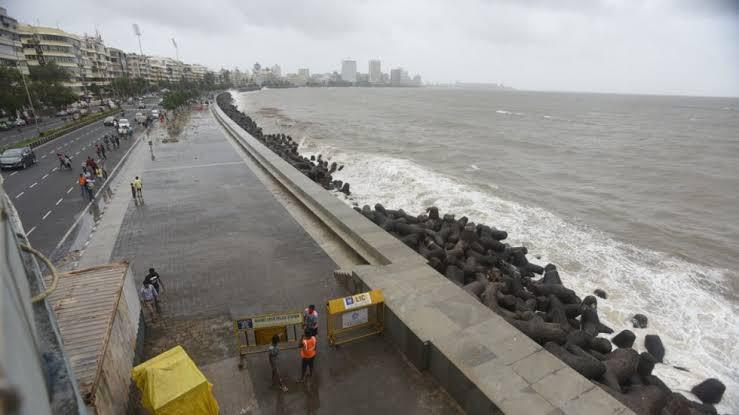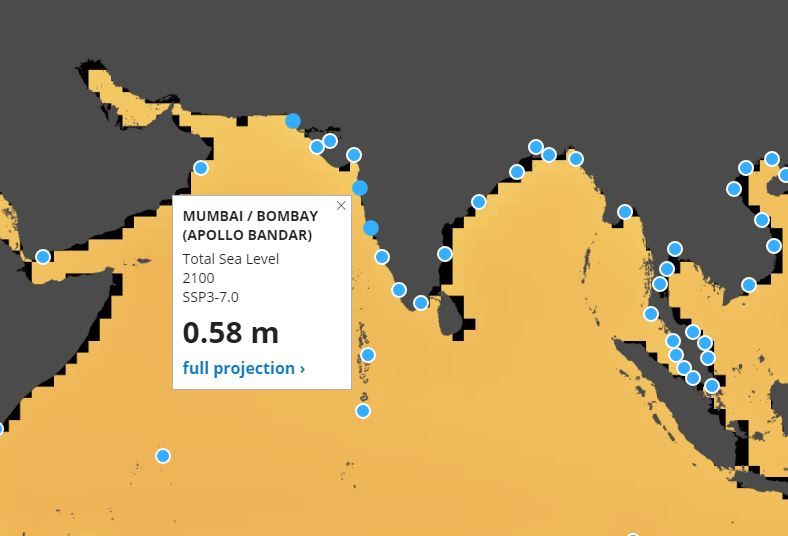NASA report: These Indian cities likely to go 3 feet underwater

Here are a few of the IPCC’s warnings for India (Inter-governmental Panel on Climate Change). IPCC issued a report in response to India’s erratic weather conditions which includes the list of Indian underwater cities. However, rising sea levels are one of the most important concerns. As a result, around 12 coastal cities will see a surge in water levels.
The temperature of the sea surface is expected to rise by 1 to 2 degrees, according to the research. Furthermore, by the end of the century, these 12 cities could be approximately 3 feet underwater. Mumbai, Chennai, Kochi, and so on are only a few of the cities.
Furthermore, the paper claims that this massive rise in sea levels occurs just once every 100 years. Contrary to popular belief, this can now occur every year due to meteorological conditions. Floods, excessive rainfall, and, above all, glacier melting are the causes.

Despite this, the IPCC has been conducting global climate assessments every five to seven years since 1988. Their sea-level estimates are based on data gathered by satellites, as well as analysis and computer simulations.
The rise in sea level (about 50 per cent) is attributable to thermal expansion, according to Swapna Panickal (IPCC author and climate scientist from the Indian Institute of Tropical Meteorology). Furthermore, owing to the warming of the ocean region, the relative sea-level may rise. As a result, in the 21st century, few cities might see a surge in water level and most likely to go underwater.
Which are Indian underwater cities?
The list of cities is as follows:
Bhavnagar: 2.70 feet
Cochin: 2.32 feet
Mormugao: 2.06 feet
Okha: 1.96 feet
Paradip: 1.93 feet
Tuticorin: 1.90 feet
Mumbai: 1.90 feet
Kandla: 1.87 feet
Mangalore: 1.87 feet
Chennai: 1.87 feet
Khidirpur: 0.49 feet
Increased heatwaves, Kanza rainfall, and further glacier melting are projected in the future, according to Friederike Otto (Associate director, Environment Change Institute, University of Oxford). Regardless, the paper claims that carbon dioxide is the primary cause of climate change. Total river runoff, glacier melt, and seasonality of flow are expected to grow until the 2050s, then decline, according to the researchers. Human acts, on the other hand, can still protect the same.
Do read other articles: Twitter Blocked 23 Handles, 7 Accounts Linked To Congress






2 Comments